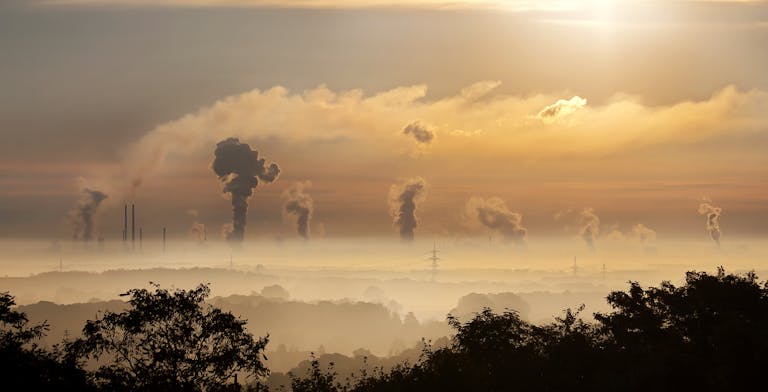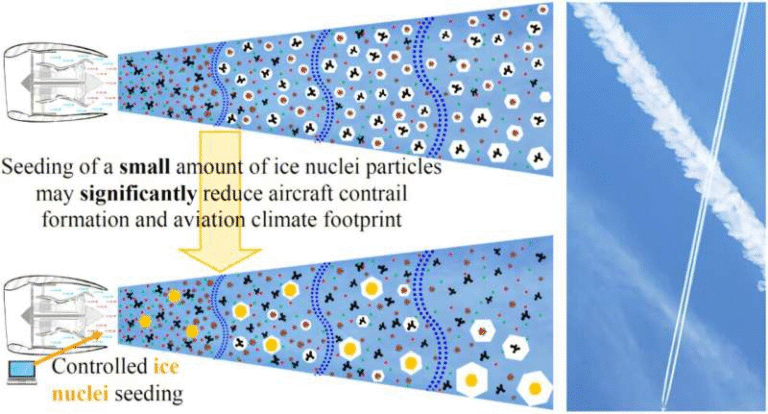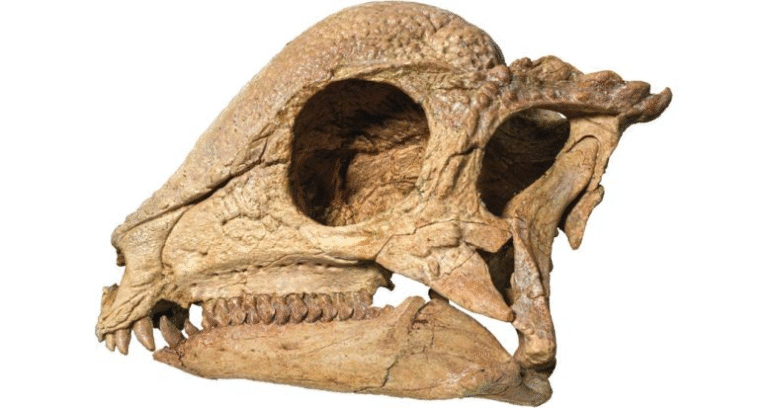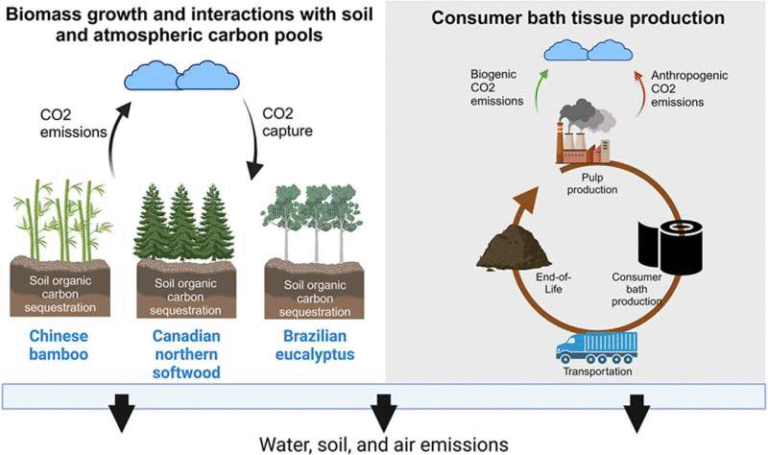University of Illinois Scientists Use AI to Reveal the Human Side of Drought Through the SIDE Framework
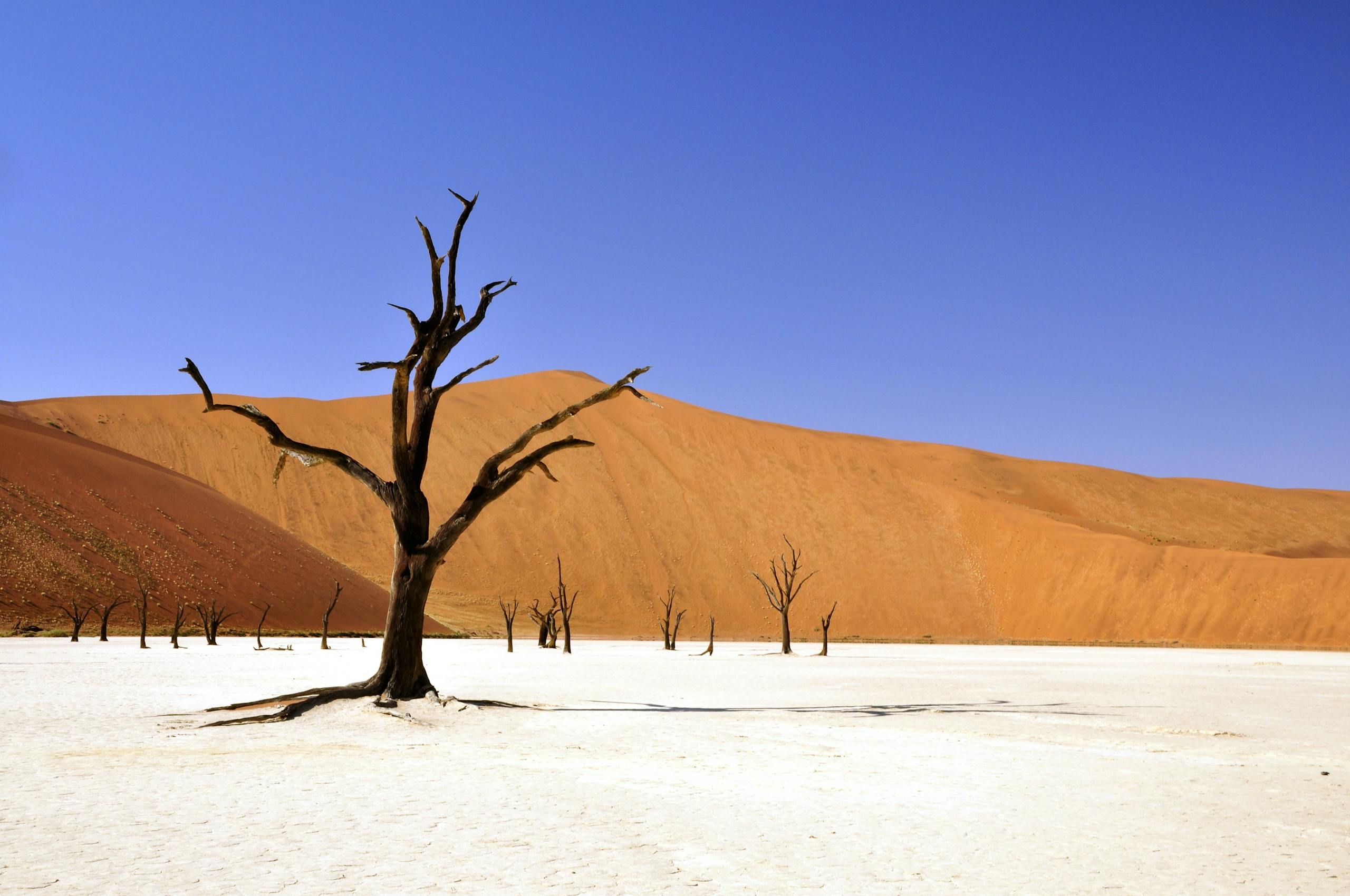
When we hear the word drought, most of us imagine cracked earth, dry riverbeds, and failing crops. But what if there’s more to it than just a lack of rain? Researchers at the University of Illinois Urbana-Champaign (UIUC) think so — and they’ve built an advanced AI-powered framework called Socially Informed Drought Estimation (SIDE) to show that drought isn’t only about water shortages, but also about how people feel, react, and adapt when the world around them dries up.
Understanding Drought Beyond the Obvious
Traditionally, drought has been monitored using physical indicators — rainfall data, soil moisture levels, or satellite readings. These are essential, but they only tell part of the story. What they miss are the societal ripples that drought causes: job losses, anxiety, water disputes, disrupted communities, and stressed ecosystems.
The SIDE project, led by Dong Wang, a professor of Information Sciences at UIUC, brings this human perspective into focus. The framework integrates environmental data with social signals from sources like social media posts, news coverage, and weather data, giving a more complete picture of how drought affects everyday life.
How SIDE Works: Mixing Data and Humanity
SIDE is designed to combine three primary streams of information:
- Physical data – including precipitation, temperature, soil moisture, and hydrological records.
- Social media data – posts from platforms like X (formerly Twitter) that reflect what people are feeling and observing during drought conditions.
- News articles – which show how institutions and local journalists report and frame drought-related challenges.
By merging these sources, SIDE can detect when communities start experiencing stress even before official drought metrics show severe conditions. For example, spikes in online discussions about crop loss, mental health, or water restrictions can signal early social distress linked to worsening drought.
This integration is powered by artificial intelligence, which classifies and correlates text data with environmental measurements. The system organizes conversations into categories based on key impact areas defined by the National Integrated Drought Information System (NIDIS) — such as agriculture, ecosystems, water utilities, recreation, and public health.
The Three Core Modules of SIDE
To achieve this, the SIDE framework uses three main AI modules:
- DSIQ (Determinant-Driven Societal Impact Quantification): This part processes social media and news data to extract recurring themes or “determinants” — for example, concerns about crops, tourism, or water access. It uses topic modeling techniques and large language models to map these determinants to real-world categories.
- SPIE (Social-Physical Interdependency Extraction): This module links the time-based social signals with physical drought data using a cross-attention mechanism. In simple terms, it learns how social behavior changes when drought conditions worsen — and vice versa.
- SIJE (Severity-Impact Joint Estimation): The final step predicts both future drought severity and societal impact, showing how they evolve together. This allows the model not only to assess current conditions but also to forecast potential problems down the line.
All these modules work together as a time-series regression model — meaning the system looks at past patterns of weather and social data to predict future trends.
Real-World Data and Testing
For testing, the researchers used the SocialDrought dataset, a large compilation of drought-related physical, social, and media data collected from California and Texas between 2017 and 2023. The physical component included a key metric called the Drought Severity and Coverage Index (DSCI), which measures how widespread and severe droughts are.
In their experiments, SIDE significantly outperformed other advanced forecasting models like TimesNet, Koopa, and iTransformer. For example, in California, SIDE achieved a mean absolute error (MAE) of about 30.07, compared to 40.78 for TimesNet — a notable improvement in accuracy.
Beyond numbers, SIDE was able to map out which sectors were being most affected. In California, agriculture dominated the impact profile. In Texas, ecosystem health and public health effects were more pronounced. These insights show that the social response to drought is not uniform; it varies based on local economies, environments, and community priorities.
Why Social Awareness Matters in Environmental Science
This framework reflects a growing shift in how scientists study natural disasters. Droughts are not just physical phenomena; they’re social experiences. People tweet about low water pressure, share photos of empty lakes, post about crop failures, and voice frustration about government responses. These data points, when collected and analyzed responsibly, become powerful early warning signals.
According to Wang’s research group, social media and news coverage often respond faster than official drought monitors. This means policymakers, water managers, and emergency services can gain valuable insights sooner, potentially enabling quicker interventions like targeted communication campaigns or localized drought assistance.
The 2025 Midwest Drought: A Real Example
The current drought conditions in the Midwest, particularly Illinois, underline why a system like SIDE is needed. The year 2025 has been the driest since 1988 in some parts of central Illinois. Rivers are shrinking, dust levels are high, and even fire risks have increased during harvest season. Farmers are struggling with uneven corn and soybean yields, brittle stalks, and declining soil moisture.
Despite some late-season rainfall, the overall dryness persists. Many farmers are worried about next year’s planting, and communities are already discussing water conservation and mental fatigue online. These early social indicators — exactly the kind SIDE monitors — show how the human dimension of drought emerges long before official drought data fully reflect the severity of conditions.
Expanding SIDE to Other Environmental Crises
The SIDE model isn’t limited to droughts. Because it captures human reactions to environmental stress, it could also be adapted to track the societal impacts of floods, wildfires, or heat waves. Each of these events has both physical and emotional consequences, and understanding that interplay is critical for climate resilience.
The research team at UIUC has already begun exploring how to extend the framework to other types of extreme weather events. Their goal is to make environmental monitoring more human-centered, ensuring that communities are not just data points in climate models but active participants in how those models are interpreted and used.
Challenges and Ethical Considerations
While SIDE’s potential is impressive, it’s not without limitations. The team acknowledges several challenges:
- Geolocation issues: Only a fraction of social media posts contain accurate location data, making it difficult to precisely link social sentiment to specific regions.
- Noise in data: Not every post or article about drought is relevant; some contain misinformation or unrelated content.
- Bias and representation: People in rural areas or certain demographics might be underrepresented online, which could skew results.
- Causality confusion: It’s tricky to tell whether people’s online discussions are predicting drought impacts or simply reacting to them after the fact.
Despite these hurdles, SIDE represents a major step forward in blending environmental science with social data analytics. By treating human behavior as part of the climate system, rather than something separate from it, the framework provides a more realistic view of how communities cope with environmental stress.
The Bigger Picture: Why This Matters Now
As climate change accelerates, droughts are becoming more frequent and intense across the world. This means traditional drought monitoring — while necessary — is no longer enough. We need tools that can measure not only what’s happening to the land, but also what’s happening to people.
SIDE does exactly that. It helps bridge the gap between hard data and human experience, offering policymakers, farmers, and local leaders a way to see the full picture in real time. This fusion of social awareness and science could redefine how we respond to climate challenges — making our systems not only smarter but also more compassionate.

